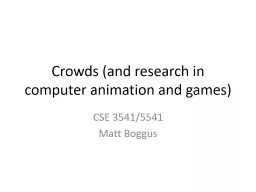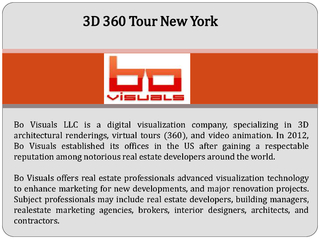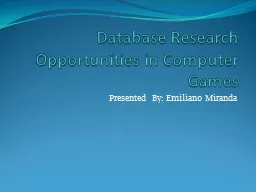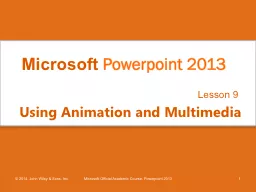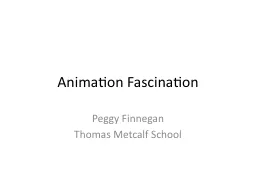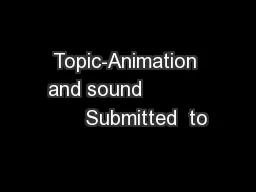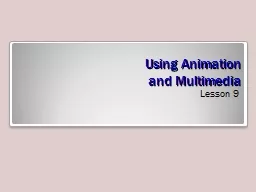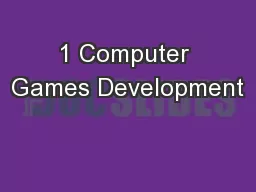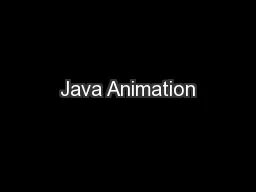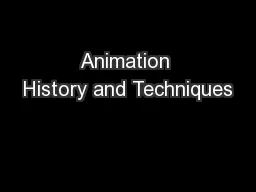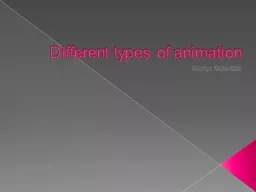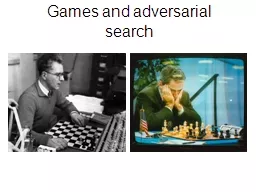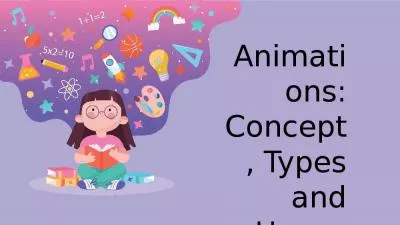PPT-Crowds (and research in computer animation and games) CSE 3541/5541
Author : tatyana-admore | Published Date : 2019-11-06
Crowds and research in computer animation and games CSE 35415541 Matt Boggus Foundation of Digital Games See site for paper topics CASA computer animation and social
Presentation Embed Code
Download Presentation
Download Presentation The PPT/PDF document "Crowds (and research in computer animati..." is the property of its rightful owner. Permission is granted to download and print the materials on this website for personal, non-commercial use only, and to display it on your personal computer provided you do not modify the materials and that you retain all copyright notices contained in the materials. By downloading content from our website, you accept the terms of this agreement.
Crowds (and research in computer animation and games) CSE 3541/5541: Transcript
Download Rules Of Document
"Crowds (and research in computer animation and games) CSE 3541/5541"The content belongs to its owner. You may download and print it for personal use, without modification, and keep all copyright notices. By downloading, you agree to these terms.
Related Documents

